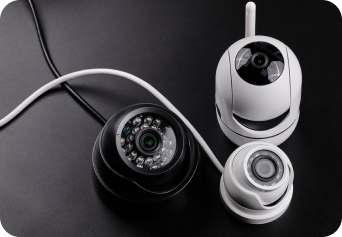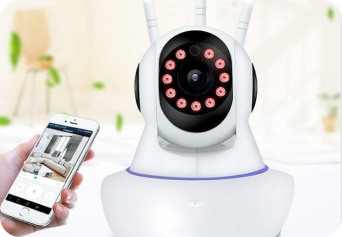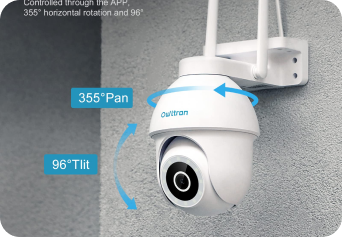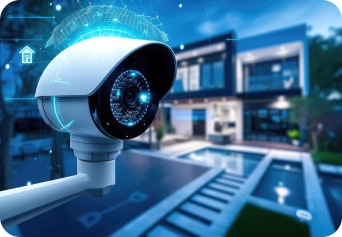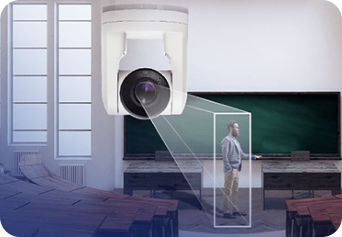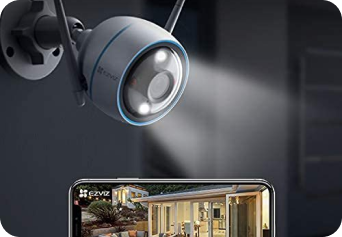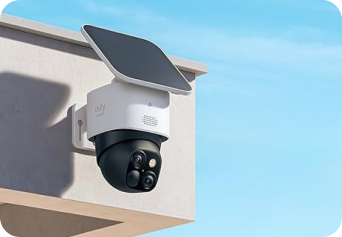Surveillance Systems
Surveillance systems play a crucial role in safeguarding properties, assets, and people by monitoring activities and deterring unauthorized actions. These systems typically include a combination of cameras, recording devices, and monitoring software to capture and analyze video footage in real-time or for later review. Key components of surveillance systems include:
Analog CCTV Systems
Traditional CCTV systems that use analog cameras to transmit video signals to a central recording device. They are cost-effective and suitable for basic surveillance needs.
IP CCTV Systems
Modern surveillance systems that use network cameras to capture and transmit video data over an IP network. They offer high-resolution video, remote accessibility, and scalability.
Wireless CCTV Systems
Utilizes wireless technology to transmit video signals from cameras to the recording device or monitoring station. Ideal for locations where running cables is challenging.
HD CCTV Systems
High-definition CCTV cameras that provide superior video quality and clarity compared to standard analog cameras. They are suitable for capturing detailed images over large areas.
PTZ (Pan-Tilt-Zoom) Cameras
Cameras that can be remotely controlled to pan, tilt, and zoom, allowing operators to monitor specific areas and objects closely. They are versatile and effective for live monitoring.
Night Vision CCTV Systems
Equipped with infrared (IR) technology to capture clear images in low-light or nighttime conditions. Ideal for 24/7 surveillance applications.
Motion-Activated Cameras
Cameras that are triggered by motion, automatically recording video when movement is detected. They help conserve storage space and capture critical events.

